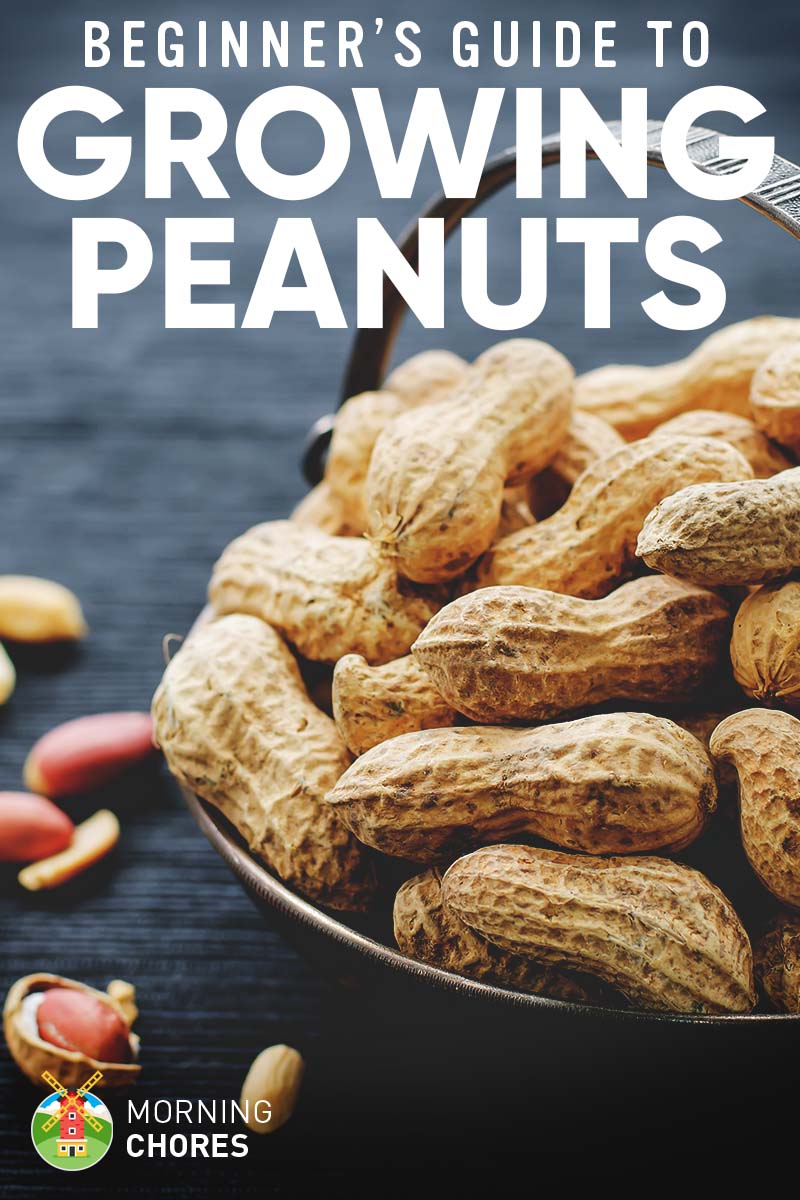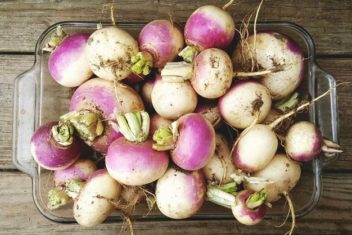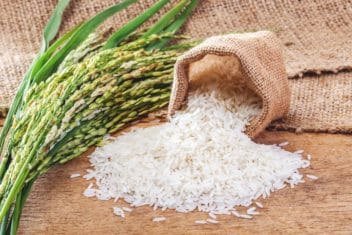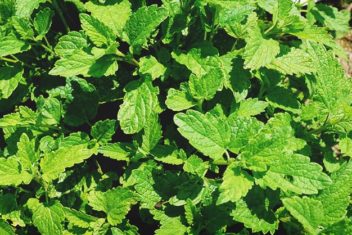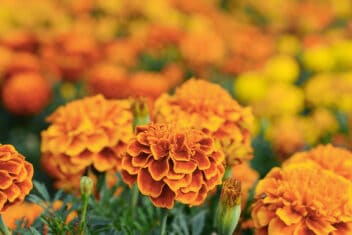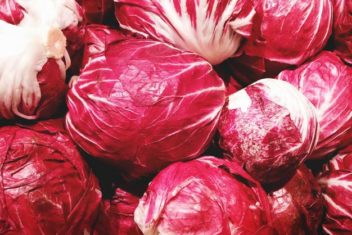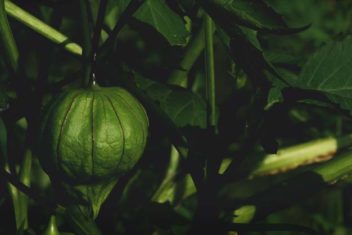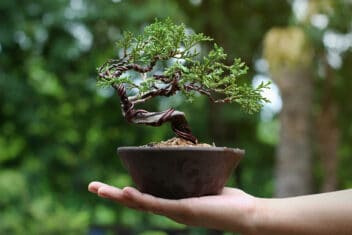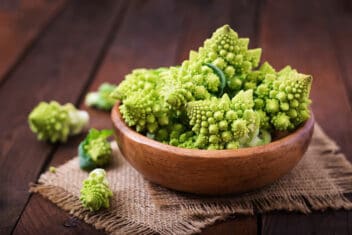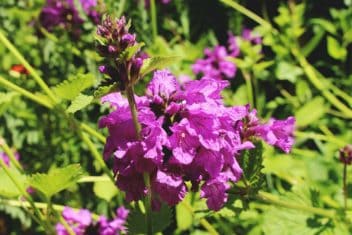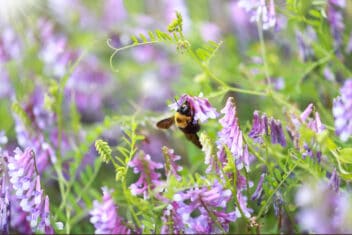Would you like to take a guess what the biggest ‘go-to’ snack option is around my house? It isn’t potato chips or cookies – it’s everything peanut-based. Sometimes I will eat a big spoonful of peanut butter when I have the munchies.
I think it’s because it doesn’t take much to fill you up when you eat peanuts since they have so much protein. Plus, they taste delicious.
With eating all of those peanuts, I figured I’d better learn about growing peanuts in my own garden. Now that I have plenty of experience, I’m sharing everything I’ve learned with you.
Best Peanut Varieties

There are a wide variety of peanuts, but they can be broken down into four main categories. They are:
Runners (Arachis hypogaea)
Runners are some of the most common peanuts. because they grow in such a uniform size. Therefore, they are more appealing for marketing purposes.
Georgia 06G is a nice variety with large pods. It has a high yield and resists viruses. Carolina African Runner is an heirloom variety with a tasty – if small – seed.
Virginia (Arachis hypogaea)
Virginia peanuts are probably some of the most recognizable because if you ever eat store-bought peanuts in the shell, they’re probably Virginia peanuts.
Bailey is a reliable variety with a high yield and high disease resistance. Gregory has extremely large pods and a high yield.
Spanish (Arachis fastigata)
Spanish peanuts are smaller than other varieties. They have red and brown skin. If you ever eat candied peanuts, it’s probably this type. They’re also popular for making butter. You usually see them growing in Oklahoma and Texas.
Valencia (Arachis fastigata)
If you like boiled peanuts then you are familiar with Valencia peanuts. They have 3 or more kernels inside the shell. They are most noticeable for their bright red skin.
These are usually sweeter than other types, and you’ll primarily find them being cultivated in New Mexico.
GenTex produces a high yield of three or four-kernel pods. Georgia red has an extremely high yield with large pods. It’s extremely disease resistant.
Planting Peanuts in the Garden
Growing peanuts really isn’t as difficult as you might think. Follow a few basic steps, and you should be well on your way to raising a crop of peanuts.
Growing Zones
Peanuts grow in zones 8-12.
Peanuts take anywhere from 100-130 days to mature, and those days must be free of frost. This makes growing peanuts a bit of challenge in the northern climates.
Even if you live in a cooler climate, if you start them early enough, place them on a south-facing area, and add some crop covers, you might still have a chance.
Soil Requirements
Peanuts need a sandy, loamy soil with a pH between 6.0-6.5. The soil needs to be well-drained.
Sun Needs
If you want your growing peanuts to thrive, you need to plant them in full sun. They need at least 6 hours of sun per day.
Starting Indoors
Because peanuts take so long to grow, if you live in northern climates, you may have to start them indoors. Start them 2 to 4 weeks before the last frost date.
Plant raw peanuts in a plastic bowl that has some depth to it. You’ll need to fill the bowl about 2/3 deep with potting soil. Make sure the soil is moist.
Next, plant the raw peanuts about 4 inches deep. Thenn, completely cover the peanuts with soil. When they’ve have sprouted, transplant them. Harden them off 2 weeks before transplanting outdoors.
Starting Outdoors
Plant peanuts outdoors 2 to 3 weeks after the last frost date, when the soil temperature is about 65°F.
Plant Spacing
When planting outdoors, you’ll need to place your peanut seeds about 2 inches deep and 8 inches apart in loose soil with 12 to 24 inches between row.
Hill the Plants
Once you’ve put your plants in the ground and let them grow, you’ll need to hill them. This basically means to build up a mound of mulch around the plants to protect the roots.
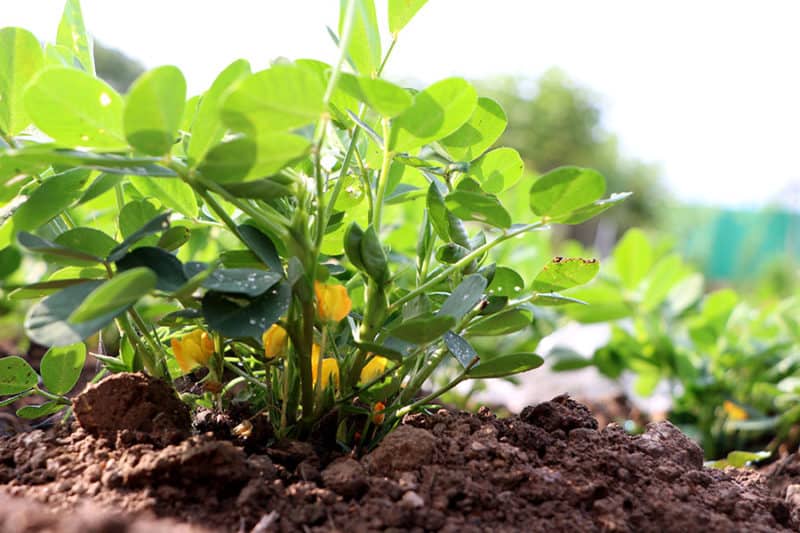
After you’ve done all of this, you’ll hopefully begin to see little yellow flowers start to blossom and bloom on your plants. They form along the stem of the peanut plant.
Once the flowers dry up, you’ll begin to see little ovaries form and then fall over and tunnel their way into the ground. These are your peanuts beginning to form.
How to Care for Your Peanuts
Peanuts don’t need an excessive amount of care. Keep these four things in mind, and your plants should hopefully be happy, healthy, and productive:
Be Gentle
Peanut plants have shallow roots and the peanuts form right at the surface of the plant. When you dig around your plants when you’re weeding, be sure not to dig too deeply because you could potentially upset the peanuts that are forming and wreck your harvest.
This is where a layer of mulch can come in handy, because it discourages weed and protects the plants.
Water Regularly
Your peanut plants need to be watered regularly, as most plants do. Be sure to water them weekly so that the soil is dampened down to 6-8 inches below the soil.
Once you’ve fully saturated the soil and the plants have matured, you can get away with watering a little less. The best way to measure this is to stick your finger in the soil around the plant. If it’s moist to your knuckle, then you know you’ve watered adequately.
You should be giving about 1 to 2 inches of water per week. Stop watering when harvest time draws near.
Mulch Your Plants
Mulch is a great friend of the gardener because it helps to hold moisture in around your plants and smothers out weeds.
Use mulch around your peanut plants to allow ample moisture to remain near the plant and also stop weeds from taking over.
Fertilizing Peanuts
Side dress your growing peanuts with low nitrogen fertilizer after planting. Apply a calcium-rich fertilizer during flowering.
Growing Peanuts – Pests & Problems
The downside to growing peanuts is that they have a lot of insects that enjoy them as much as we do. Here are some problems to be on the lookout for:
Aphids

These are little bugs that make their way into a lot of gardens. They munch on plants, weaken them, and spread disease in the process. Use insecticidal spray or neem oil to put a stop to aphids.
Leaf Spot
This is a fungus that forms in climates that are warm and moist.
If you see yellow spots forming on the leaves of peanut plants and then eventually see the leaves falling off of the plant, check to see if they have leaf spot.
The best way to stop this fungus from spreading is to rotate crops each year. Also, if you see any damaged leaves, be sure to remove them and burn them so the fungus can’t spread.
Nematodes
Nematodes come in a range of different varieties. There are those that are harmful to plants and those that are beneficial to plants.
If you have the harmful kind, you’ll notice that your plants are suffering from stunted growth. Nematodes kill root systems and spread disease.
The best way to stop harmful nematodes is to rotate your crops and add a lot of organic matter to your garden before you plant the garden.
Leafhoppers
Leafhoppers are little bugs that hop from plant to plant. They spread disease and cause plants to yellow.
The best way to control leafhoppers is to stop weeds and to cover your plants with floating row covers so they can’t jump from plant to plant.
Root Worms
Root worms are little worms that bore into a plant and kill them by sucking the life out of them.
Clean your garden at the end of each season so they can’t overwinter in the soil. Then, treat your soil with beneficial nematodes.
Thrips
These are little microscopic bugs that transmit diseases throughout your garden. They also leave white patches on the leaves of the plant.
Use insecticidal soap to stop thrips.
Grubs
When I see the word grub I automatically think of Timone and Pumba from The Lion King. But you probably don’t have a warthog and a meerkat digging through your garden to eat these pests.
Grubs live in the ground and feed on the peanuts that are underground. You can use milky spore to kill grubs off.
Don’t grow your peanut plants where grass was recently grown as there might be grubs in that area.
Wireworms
Wireworms are dark brown and pale yellow. They feed on the roots of the peanut plant.
Control this pest with beneficial nematodes.
Verticillium Wilt
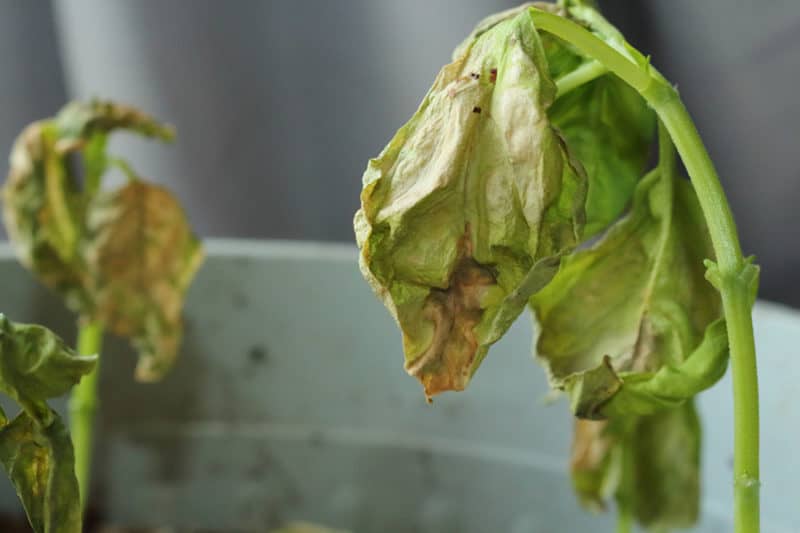
Vert attacks a number of crops. Our guide will help you tackle it.
Best and Worst Companion Plants
Peanuts have certain plants that it should be planted near and others that it should not be planted around. Peanuts do well with:
Other plants shouldn’t be planted near peanuts because they provide too much shade and hinder plant growth. They might also share diseases with peanut plants. These include:
- Corn
- Pole beans
- Basil
- Fennel
- Onion
- Kohlrabi
Harvest Your Peanuts
When you harvest your peanuts, you’ll need to do it before the frost hits. They’re usually ready 85 to 130 days after sowing.
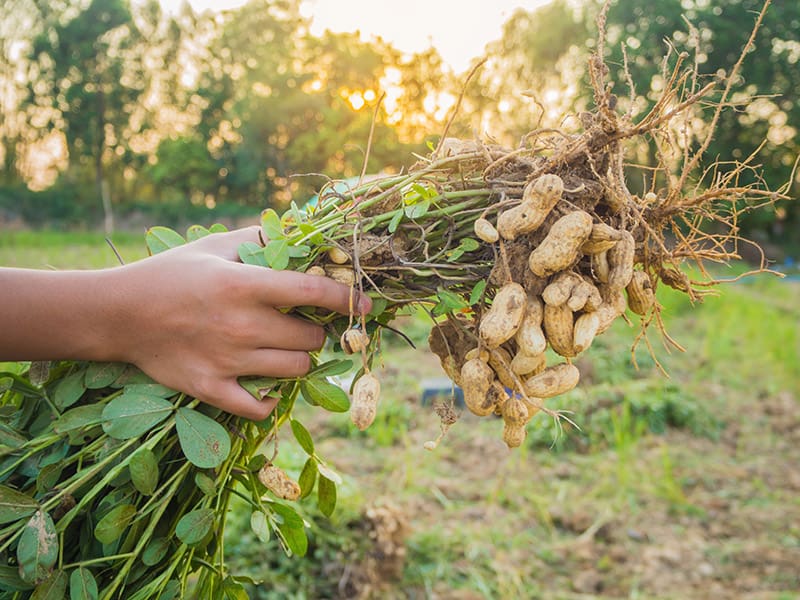
Pull up the entire plant after digging with a garden fork and shake off any excess dirt. Then, hang up the plants inside to dry.
How to Store Your Peanuts
Once your peanuts have dried after harvest, you’ll need to decide how to store them. If you shell them, they’ll last only a matter of weeks in a refrigerated area.
However, if you leave them in the shells they can last on your pantry shelves for months. The longest way to preserve your peanuts is by leaving them in the shell and placing them in a freezer bag.
If you do this, peanuts should last up to one whole year in the freezer.
How to Use Your Peanuts
If you’ve ever had spicy peanuts, you probably love them. If you’d like to have a healthier homemade snack that can be easily whipped together, then you’ll want to check out this recipe.
When I found this recipe for homemade peanut brittle, my mouth immediately began to water.
One of my oldest memories was eating this amazing treat at my great grandmother’s house. Make some of your own memories and try this delicious recipe.
After eating dinner at a friend’s house where she made this killer Thai Peanut Chicken recipe, I learned I love to add peanuts to my meals. It adds this great crunch.
When I saw how easy it was to make my own peanut butter, I wondered why in the world I had been buying it for all of these years.
Grow Your Own Peanuts!
It’s time to get out there and start growing your own peanuts. Let us know if you run into any challenges with your peanut plants. Be sure to tell us your favorite way to use up your crop!
